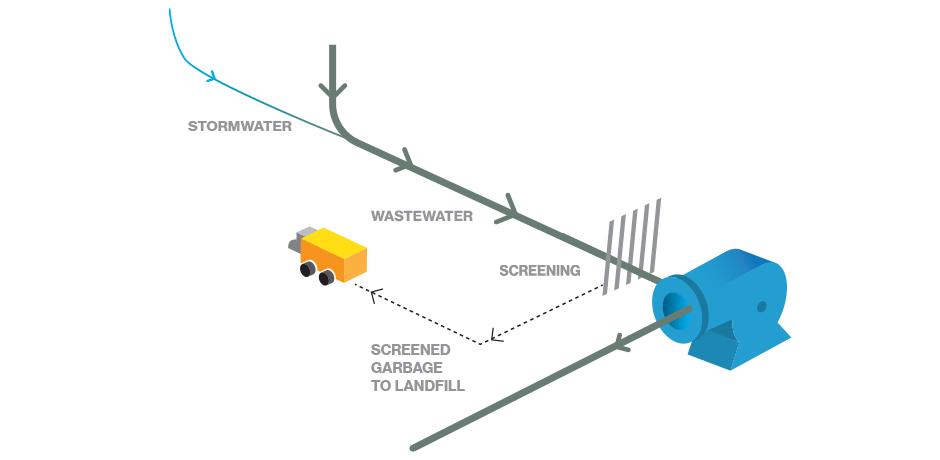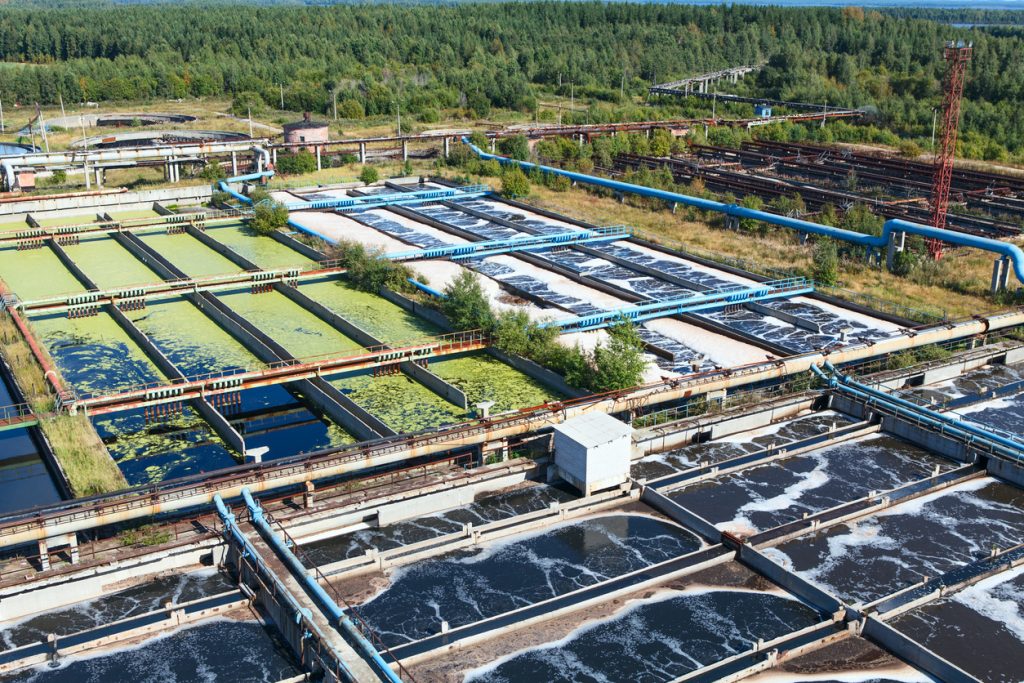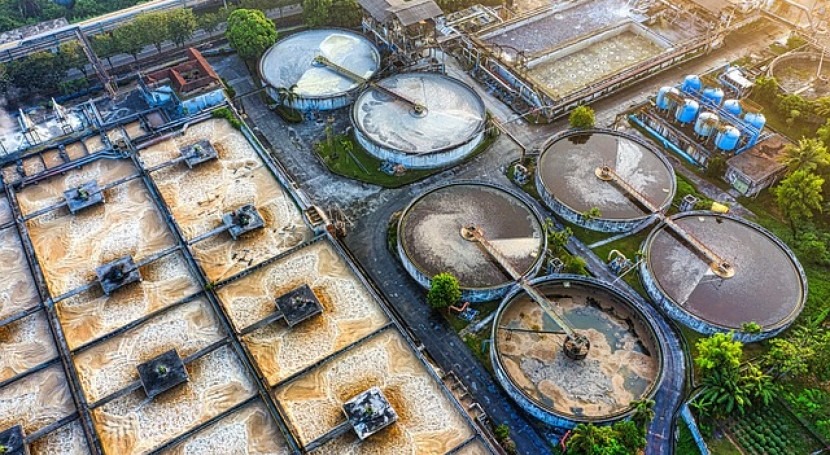The Value of Chemical Processes in Waste Water Treatment
The Value of Chemical Processes in Waste Water Treatment
Blog Article
Strategic Approaches to Improve Drainage Therapy Efficiency and Reduce Ecological Effect
In the realm of waste water therapy, the quest for enhanced efficiency and lowered ecological effect is a continuous challenge that demands tactical options. As culture comes to grips with the vital to manage water resources sustainably, a nuanced strategy comes to be necessary. The combination of sophisticated therapy innovations, energy-efficient processes, source recovery techniques, improved nutrient elimination strategies, and clever surveillance and control systems represents a multifaceted structure for dealing with these pushing issues. Nevertheless, what exists at the core of this complicated internet of strategies is the potential to revolutionize the method we come close to waste water therapy, not equally as a procedure of disposal, but as a useful possibility for advancement and ecological stewardship.
Advanced Treatment Technologies
Cutting-edge membrane layer purification systems have actually reinvented innovative wastewater therapy procedures, dramatically improving the removal of pollutants. This innovation has proven to be very efficient in getting rid of a wide range of pollutants, including pharmaceuticals, heavy steels, and organic compounds, which are often testing to eliminate via standard treatment techniques.
In addition, membrane filtering systems use numerous advantages over traditional therapy strategies. Additionally, these systems are extremely flexible and can be quickly incorporated right into existing therapy plants or made use of as standalone units for decentralized applications.
Energy-Efficient Procedures
The combination of energy-efficient procedures in wastewater therapy systems is essential for optimizing source use and minimizing operational costs. One essential technique to improving power efficiency in wastewater treatment is the application of advanced aeration systems, such as fine bubble diffusers or surface aerators, which can enhance oxygen transfer efficiency and minimize power intake.
Additionally, enhancing procedure control and automation via making use of advanced sensing units and keeping track of systems can enhance general energy effectiveness by changing operations in real-time based on actual need and problems. Carrying out power audits and frequently monitoring power efficiency signs are crucial methods to determine areas for enhancement and track energy-saving efforts efficiently. In general, the fostering of energy-efficient processes in wastewater treatment not only benefits the environment yet also adds to long-lasting cost savings and operational sustainability.
Resource Healing Techniques
With an emphasis on maximizing source usage and sustainability in wastewater therapy systems, the implementation of source healing techniques emerges as a critical aspect in boosting functional effectiveness. Resource recuperation approaches in wastewater therapy involve the recognition and extraction of beneficial resources from the waste stream, therefore transforming what was as soon as taken into consideration waste into a beneficial asset. By implementing source healing techniques such as nutrient elimination and recuperation, energy generation from raw material, and the manufacturing of recyclable water, wastewater therapy plants can minimize environmental influence while taking full useful site advantage of efficiency.

Enhanced Nutrient Removal Methods
Carrying out sophisticated nutrient removal strategies is necessary for maximizing the performance of wastewater treatment systems. Enhanced nutrient elimination plays a crucial role in decreasing the ecological effect of treated effluent released into water bodies. One of the vital techniques made use of for improved nutrient removal is the process of organic nutrient elimination (BNR), which involves the elimination of nitrogen and phosphorus with biological processes. This can be achieved with the use of specialized microbes that can transform nitrogen substances into inert nitrogen gas with denitrification, and collect phosphorus within their cells via a process called enhanced organic phosphorus removal (EBPR)

In addition to BNR, progressed therapy approaches such as membrane layer bioreactors (MBRs) and created marshes can also be utilized to boost nutrient removal efficiency. By including these innovative nutrient removal methods into wastewater therapy sectors, municipalities and systems can properly minimize nutrient air pollution and protect the setting.
Smart Surveillance and Control Systems
Utilizing advanced innovation, the combination of wise monitoring and control systems reinvents the operational effectiveness of wastewater therapy facilities. These systems include advanced sensors and information analytics to continuously keep track of key parameters such as pH degrees, turbidity, liquified oxygen, and flow prices in real-time. By accumulating and assessing this information, drivers can obtain important understandings important source right into the performance of the treatment processes, enabling positive adjustments to maximize treatment effectiveness.
Smart surveillance and control systems also support remote tracking capacities, allowing operators to gain access to real-time data and control he said features from off-site places. This remote accessibility boosts functional flexibility and responsiveness, allowing quick treatments in case of system malfunctions or changes in influent quality. Moreover, the predictive maintenance capabilities of these systems assist protect against equipment failures and reduce downtime, inevitably improving the general dependability of wastewater therapy operations (Waste Water Treatment).
Conclusion
To conclude, calculated approaches such as innovative therapy innovations, energy-efficient processes, source recuperation methods, enhanced nutrient removal strategies, and clever surveillance and control systems play an important role in enhancing wastewater therapy efficiency and lessening ecological effect. By implementing these methods, wastewater treatment plants can boost their total efficiency, decrease power intake, recover useful sources, and ensure conformity with environmental laws. These techniques are necessary for efficient and sustainable wastewater administration techniques.

In conclusion, critical techniques such as advanced therapy technologies, energy-efficient procedures, source recovery strategies, enhanced nutrient removal strategies, and wise tracking and control systems play a critical role in improving wastewater treatment efficiency and minimizing environmental influence.
Report this page